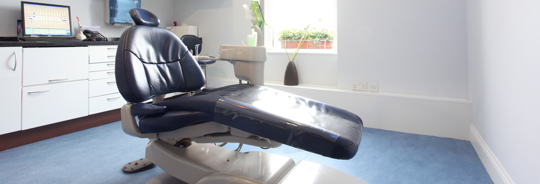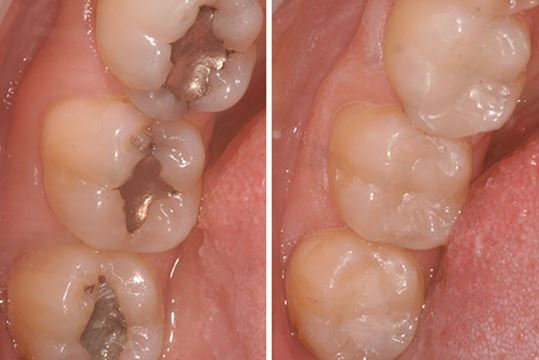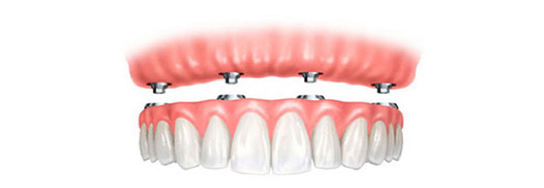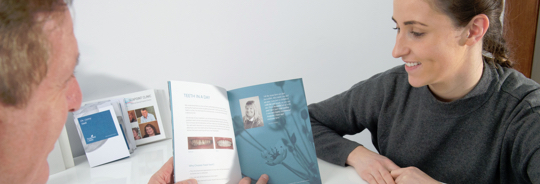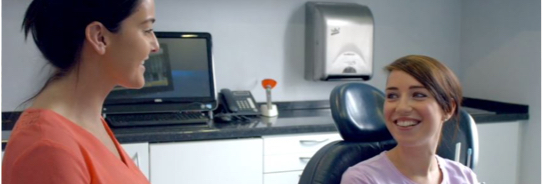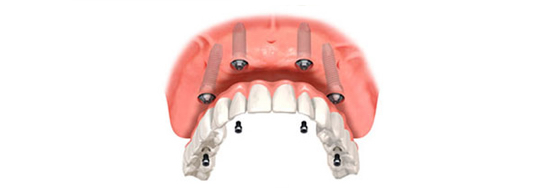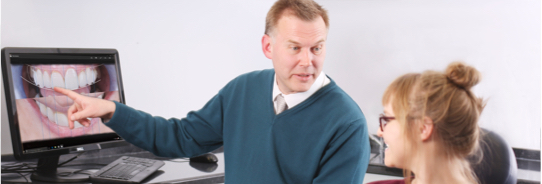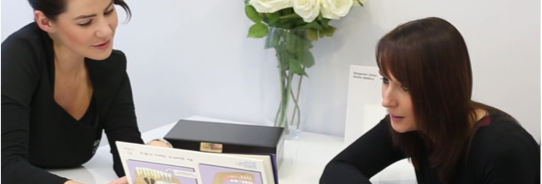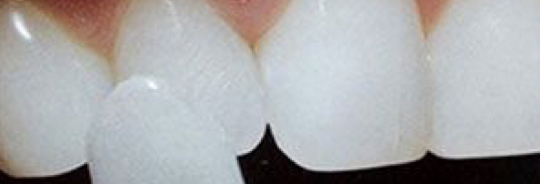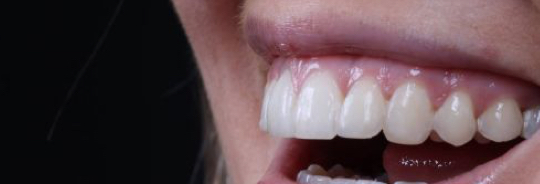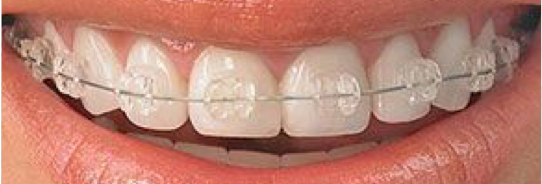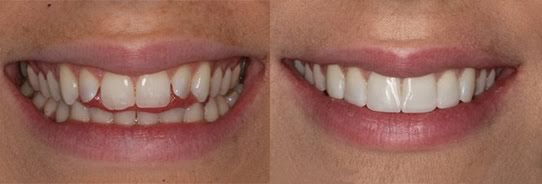
Blog
We post all the latest information here regularly so it's always up to date for you. If there is a topic you would like to have us cover please ask.
15 June 2022
Sensitivity After Filling

Have you ever suffered from tooth sensitivity following a filling? Every tooth in your mouth is a living piece of tissue. There is a nerve & a blood supply that comes in from the tip of the tooth in your bone.
Normally the nerve is happily left alone surrounded by a thick layer of dentine & enamel…
However, when a tooth is drilled to fill a cavity, we have to spray cold water on the tooth to cool the drill. Without it the tooth would overheat and the nerve would certainly fail. This can cause sensitivity.
Nerves in teeth are sensitive to changes in temperature and any infections. They can swell and get inflammed very easily and when they do they often cut off their blood supply. This happens because blood comes in through a tiny hole in hard dentine. If the nerve swells there is no room for blood anymore to come through the hole.
Another issue with teeth needing fillings is that they normally need a filling due to tooth decay (& sometimes fractures). This means the nerve is getting very upset already. It may be on its last legs already before it gets decontaminated with the dental drill. The removal of the decay may be the straw that breaks the camel’s back.
When the dentist is checking for decay they cannot see under metal fillings to see how close to the nerve decay goes… Also on x-rays the deepest parts of the decay usually don’t show at all.
That means before you get a filling you may have decay which is much deeper than it looks on x-ray… Your dentist goes in to clean it out to try to save the tooth and the nerve on its last legs can get sensitive…
Luckily most nerves recover within a few weeks. They recede a little inside the tooth and more dentine is laid down.
Occasionally the nerve doesn’t settle & a root canal treatment is needed. This is when the nerve in the tooth is removed and a filling placed all the way to the tip of the tooth. If you end up needing a root canal treatment after a filling the treatment is chargeable as normal.


